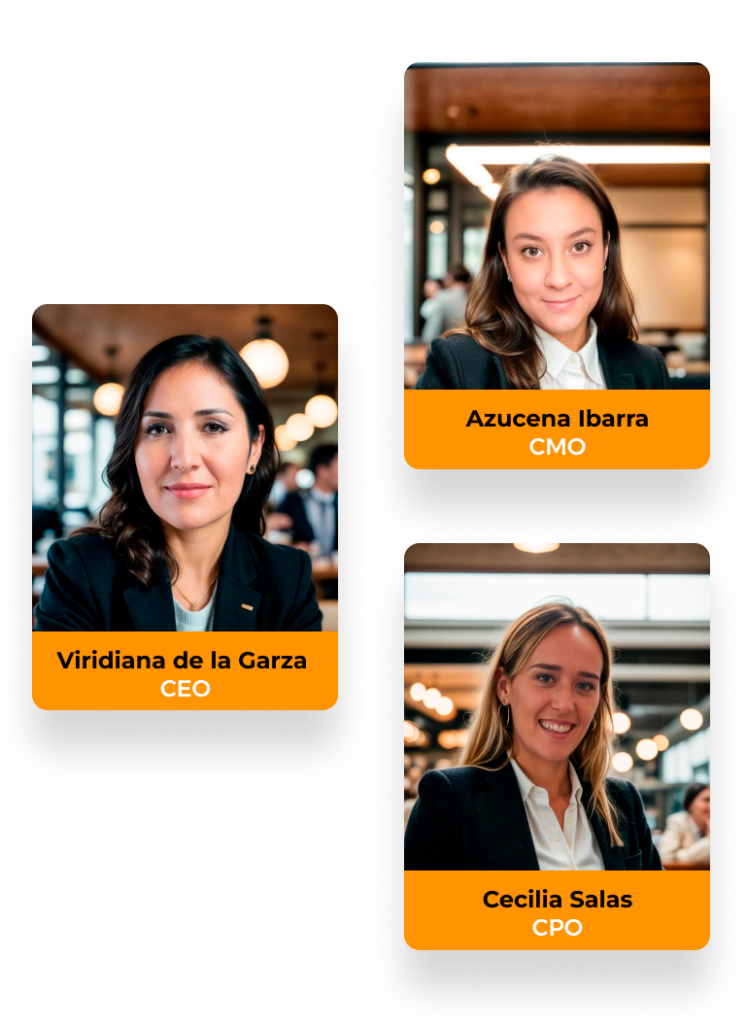Each member brings their experience, knowledge, and dedication to ensure that every project is carried out with the highest efficiency and care.
Below, we present our team’s organizational chart, where you can see the structure that allows us to offer you comprehensive, coordinated, and client-focused service.

The Build-Operate-Transfer (BOT) model is especially advantageous for companies looking to enter complex markets like Mexico. It reduces risks and optimizes implementation time. Examples of companies that benefit include:
Tech or Software Companies:
These businesses need to establish fast and efficient infrastructure in a new market but may lack local expertise to do so independently.
The BOT model allows them to create controlled operations with the support of an experienced partner.
Manufacturing Industries:
Companies aiming to enter local markets with production facilities but wanting to avoid significant upfront capital investments.
This model allows the plant to be built and operated without the company assuming the full operational risks initially.
Startups and International Expansion Companies:
Organizations seeking to expand rapidly into Mexico while keeping their primary operations focused can use the BOT model to minimize initial costs and accelerate market entry.
The implementation time for the BOT model varies depending on factors such as industry, company size, and project complexity. Typical timelines are:
Build Phase:
Establishing infrastructure can take 6 to 12 months, depending on the industry (e.g., setting up a manufacturing plant or an operations office).
Operate Phase:
This phase lasts between 1 and 2 years. During this period, the company evaluates market viability and adjusts its operations based on the results.
This stage is designed to build an operational and administrative track record before the transfer.
Transfer Phase:
The transfer stage can take 6 months to 1 year to ensure a smooth transition. During this time, the local partner or internal team assumes complete control of operations.
In total, the BOT process usually takes between 2 and 4 years from the initial phase to the complete transfer. However, this timeline can be reduced with proper planning and the assistance of experienced BOT partners.
Full control from the start: In the BOT model, the client directly manages payroll and benefits, establishing a direct relationship with employees, without intermediaries.
Long-term focus: BOT is designed to build sustainable operations, ideal for permanent projects, while EOR (Employer of Record) is more suited for temporary solutions.
Cost reduction: In the medium and long term, BOT is more cost-effective, eliminating the additional fees associated with an EOR.
Customization and scalability: BOT allows processes and structures to be customized from the start, adapting to the client’s specific needs.
Planned transition: BOT ensures a complete transfer of operations to the client, promoting autonomy and continuity, something EOR does not offer.
This approach guarantees control, sustainability, and strategic projection, surpassing the limitations either of EOR (Employer of Record).
The EOR (Employer of Record) scheme can operate in Mexico, but it must comply with the regulations established by the 2021 labor reform regarding subcontracting.
If the EOR model is used to subcontract key or permanent functions of a company, it could be interpreted as a violation of recent labor reforms.
If the EOR is implemented in a way that resembles personnel outsourcing (e.g., employing people for key company functions over extended periods), there may be legal risks, as the 2021 reforms aim to prevent companies from evading labor responsibilities through subcontracting schemes involving permanent employees.
Check it here.
https://www.dof.gob.mx/nota_detalle.php?codigo=5616745&fecha=23/04/2021#gsc.tab=0
Copyright All Rights Reserved. | Privacy Policy